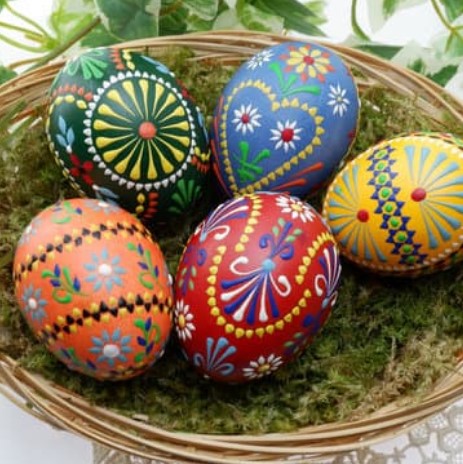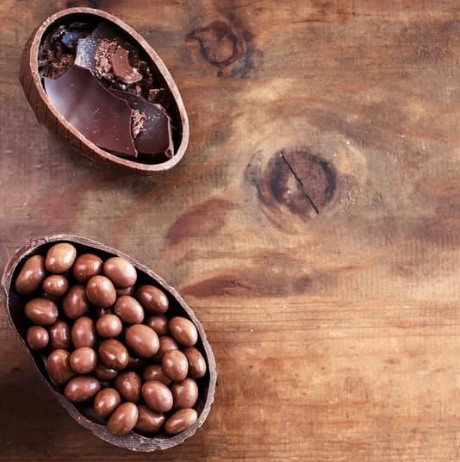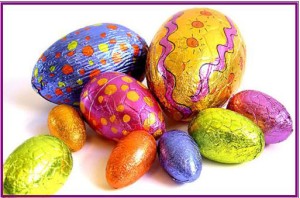
En inglés hay un tiempo extraño, a medio camino entre el presente y el pasado... ¡Lo que necesitas saber sobre el presente perfecto inglés!
El presente perfecto es un tiempo pasado que se utiliza a menudo en inglés. Se construye con el auxiliar HAVE y el participio pasado. Se utiliza principalmente para hablar de una acción pasada relacionada con el presente, como una declaración, o una acción que podemos ver la continuidad en el presente.
A continuación te contamos: Cómo construir el presente perfecto y cómo utilizarlo.
Present perfect - ¿Cómo se construye el presente perfecto en inglés?
HAVE + participio pasado
Por ejemplo:
I have drunk all the water. He bebido toda el agua.
He has influenced my decision. Ha influido en mi decisión.
A veces, sobre todo en el discurso, se utilizan contracciones. Siguiendo con los dos ejemplos anteriores, se obtiene :
I’ve drunk all the water.
He’s influenced my decision.
Atención: nos damos cuenta de que suena un poco como is del verbo to be.
He is cool / He’s cool. Él es genial, verbo to be. He’s taken a Kiss Cool
‘s taken significa has taken. Así que ten cuidado de no confundirlos. Cuando hay un participio pasado después de la 's, es el presente perfecto y el auxiliar HAVE en la tercera persona: HAS.
El participio pasado:
En consecuencia, es necesario conocer el participio pasado de los verbos: para los verbos regulares, es sencillo, sólo hay que añadir ED al final del verbo, es lo mismo que para el pretérito. Para los verbos irregulares, en cambio, tendrás que aprenderlos uno a uno con la ayuda de una lista de verbos irregulares. Tomemos por ejemplo el verbo SEE (ver) en el pretérito da SAW y en el participio pasado da SEEN. Así que no puedes adivinarlos, tienes que aprenderlos. Lista de verbos irregulares en inglés
Present perfect - ¿Cómo se utiliza el presente perfecto en inglés?
El presente perfecto se utiliza para hablar de una acción que acaba de ocurrir recientemente, o de una acción pasada que podemos ver un vínculo con el presente (como en una declaración de hecho, por ejemplo). Como su nombre indica, el presente perfecto siempre tiene la idea de una continuidad o un vínculo, aunque sea sutil, con el presente.
Por ejemplo, si digo:
Oh! I’ve lost my book!
Esto implica que ahora veo que lo he perdido. La acción de haberlo perdido está en el pasado, pero la observación de esto es ahora, en el presente. Si tomo el mismo ejemplo en tiempo pretérito para ver la diferencia, sería:
I lost my book yesterday. Ayer perdí mi libro. (Pretérito)
Aquí, hay un marcador de tiempo muy específico, ayer, por lo que ya ha pasado un tiempo desde que lo notamos, es una acción pasada en el pasado.
El presente perfecto también se utiliza para hablar de tu experiencia vital en general, sin entrar en detalles. Por ejemplo, si alguien te dice
I have been through many troubles in my life. He pasado por muchos problemas en mi vida.
Aquí tienes que usar el presente perfecto, porque estás hablando de tu experiencia de forma general, sin entrar en detalles.
¿Cómo diferenciar el pretérito del presente perfecto?
Para decidir, pregúntate lo siguiente: ¿es una acción pasada? ¿Hay un marcador de tiempo? Si es así ⇒ pretérito.
Pregúntate también: ¿hay un vínculo con el presente? ¿Es una observación, un estado presente resultante de una acción pasada? ¿Se trata de una experiencia vital que se cuenta? Si la respuesta es sí a alguna de estas preguntas ⇒ presente perfecto.
Por otra parte, hay una serie de palabras que conducen necesariamente al presente perfecto. Estas palabras son :
Ever, already, yet, just…
Cuando veas estas palabras en un ejercicio, sabrás que es el presente perfecto lo que tienes que utilizar.






